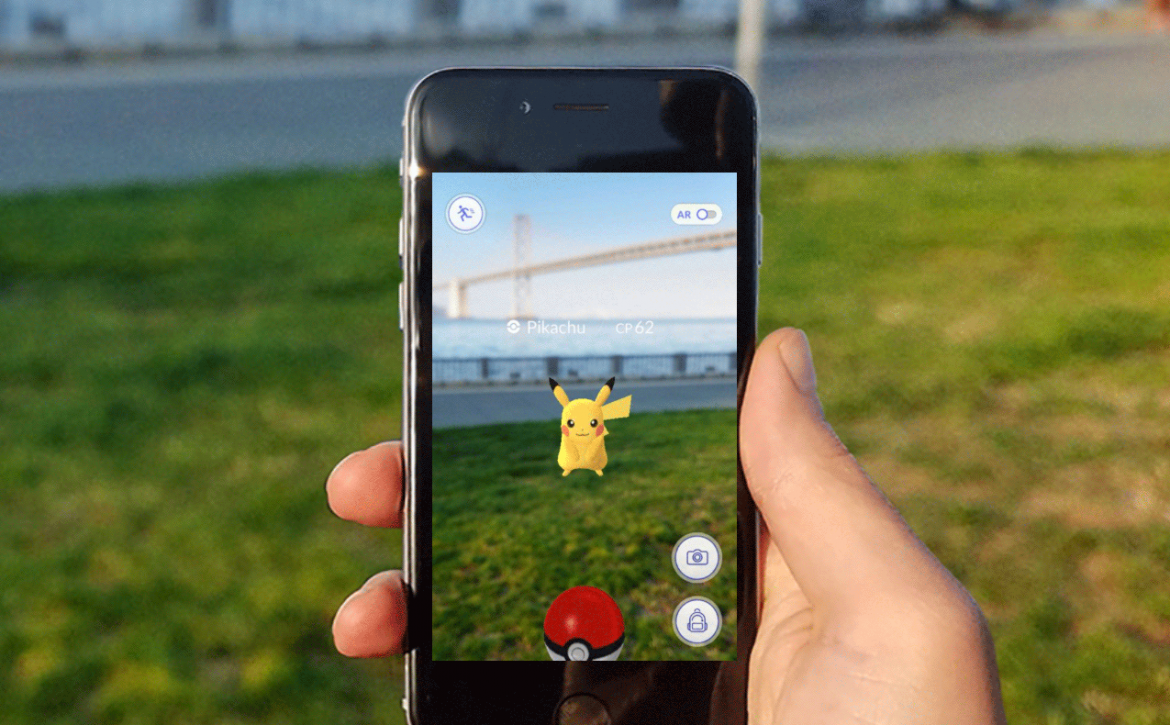Augmented Reality Is The Future
AR – The Future Tech
Augmented reality (AR) is the coordination of digital information with live video and the user’s condition in real time. devices utilized for Augmented Reality are generally those of a computer, camera, processor and screen.
Reasons why Augmented Reality will be a future battleground
- Recent Launch of Apple AR Kit
- Social Media Platforms Incorporating Augmented Reality
- It will change the future of marketing
- Increasing number of users embracing Augmented Reality
- Various mobile Apps Utilizing AR

The most prominent example is in the healthcare industry. You can find more and more professionals engage with augmented reality to leverage their day to day task.
- A doctor is able to view a patient’s medical history displayed over the latest medical scan, and even over the patient himself.
- Healthcare practitioners are now able to project medical imagery on to patient’s bodies using head mounted displays. Projecting CT scans though the display can give doctors “X-ray vision” of patients and provide important contextual cues for diagnosing patients.
- Patients are educated through simulation about their medical conditions (Cataract or AMD) using apps like Eye Decide.
- Patients get reminders on taking drugs by wearing Google Glass and having an app installed on the device.
- A nurse views a perfect highlighted image of the patient’s veins so the IV can be inserted in one painless attempt.
Some more facts and figures that prove that AR is the next big thing in tech are:
- The dedicated augmented reality market is expected to reach $659.98 million by the end of 2018
- According to Digi-Capital, AR/VR could hit $150 billion in revenue by 2020, with VR taking around $30 billion and AR $120 billion
- By the end of 2017, the sales of augmented reality smart glasses is expected to be worth $1.2 billion
- According to ISACA, 60% to 70% of consumers see clear benefits in using AR and IoT devices in their daily life at work.
- According to Forrester Research, 14.4 million U.S. enterprise workers expected to utilize smart glasses by 2025.
- According to Gartner, smart glasses will save nearly $1 billion per year in the field-service industry.
AR is not limited to a particular sphere as well. It can be utilized across all spheres of the market for branding & marketing purposes.
1.Construction, engineering and architecture – A holographic representation provides an unmatched level of real-world proportion, scale, form, and perspective compared to traditional ways of building models.
2.Product configurator –The AR/MR apps are useful to product designers because they result in faster prototyping and 3D model visualization.
- Healthcare – With AR headsets, doctors and dentists can show their patients a 3D view of the organ or section of the mouth that they are going to operate on.
- Education – The main advantage is that 3D images and simulations can be created for students of all age groups. It is ideal for STEM education.
- Augmented field service – Companies can equip their field technicians with AR headsets and ensure that experienced engineers are present to guide technicians working in remote locations.
- Engaging advertising – Brands can incorporate AR elements in their advertisements and offer coupons to drive customer footfall into the store.
- Events – Event organizers and exhibitors are turning to Augmented Reality to increase interactivity at their events which helps in attracting visitors.
- Product demonstrations – Augmented Reality apps can give your potential customers an accurate view about the product. Furniture stores, home decorators, fashion stores are ideally suited to take advantage of this technology.
- Interactive Websites – Websites which use Augmented Reality have seen a decrease in the bounce rate by their visitors. The result is that sales conversions, downloads and even total page visits increase.
- AR-enhanced tours – A tourist walking down a historic place can be given information on his mobile phone which has been overlaid with the real world images.
Augmented reality along with virtual reality is changing the world on a daily basis. The applications are unlimited and the possibilities are limited by our imagination only.












 Image Source:
Image Source: 





